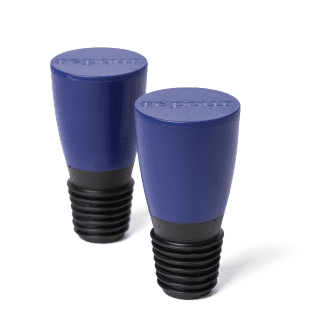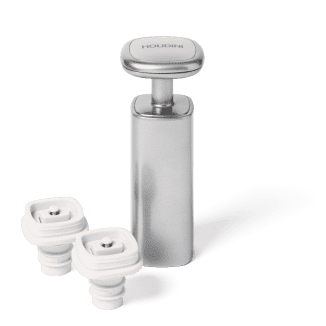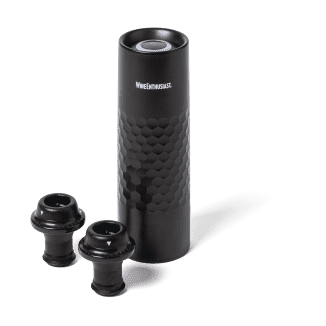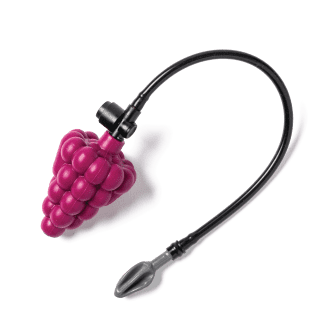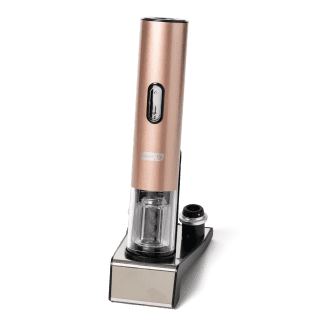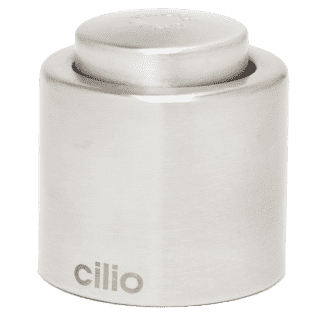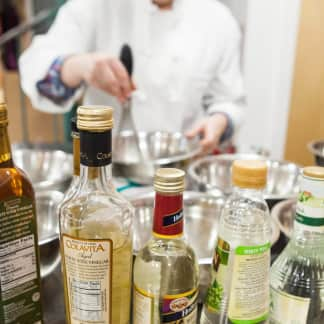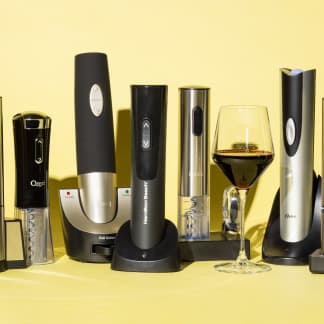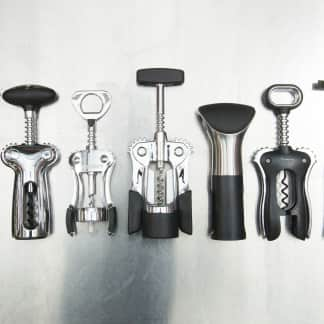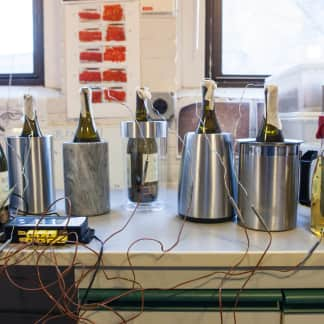Wine savers maintain the freshness of leftover wine. We liked the Vacu Vin Original Wine Saver, which was straightforward to use and did a good job at preserving opened bottles for a week. Our upgrade model, the sleek Coravin Pivot+ Wine Preservation System, excelled at preserving wines for longer; after weeks they tasted impressively similar to freshly opened bottles.
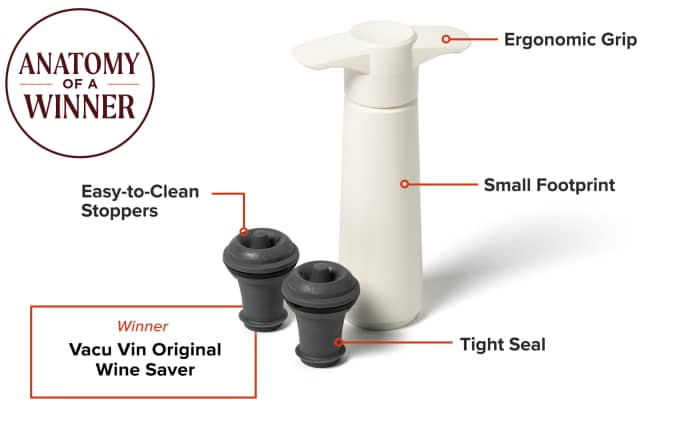
Once a bottle of wine is opened, air can sneak inside and oxidize the wine, which results in a dulled scent and “flabby” quality, a term used to describe wines that lack structure and acidity. If the wine is not resealed properly, over time it can be contaminated with bacteria, which causes the wine to develop vinegar-y flavors. Enter wine savers (sometimes referred to as wine preservation systems), tools that promise to stall the oxidation process that alters wine’s aroma and flavor. Serious wine drinkers swear by wine savers because they allow enthusiasts to savor multiple pricey bottles of vintage wine simultaneously without worrying about them going sour. Occasional drinkers also find them useful. If they drink a glass of wine in the evening, they can seal and save the remainder for another day without sacrificing quality.
Styles of Wine Savers
Unlike wine stoppers, which simply seal opened bottles, wine savers minimize the oxygen coming into contact with the wine. The most common way of doing this is to remove excess air, and there are both manual and electric devices for doing so. With both styles, you insert a stopper into the neck of the bottle and place a pump (roughly the size of a corkscrew) on top of the stopper. Manual models require you to pull upward on a handle to draw out air. As the air is removed, it takes more force to pull. You then remove the pump and leave the stopper in place. With electric pumps, once the stopper and pump are in place, the device removes air at the press of a button and stops automatically.
With manual pumps, you pull upward on a handle to draw out air.
Electric pumps remove the air automatically when you press the button.
The vacuum method has many merits, such as speed and affordability. But in recent years, other methods have emerged that claim to do a better job keeping wine fresh. We tested a model from Coravin that was marketed as able to preserve wines for four weeks (compared to years for the more expensive models). It injects inert argon gas into the bottle to shield the wine from oxygen. A different product utilizes an iron-based “scavenger,” a substance that reacts with oxygen and neutralizes it. To activate the scavenger, you peel off the foil at the tip of the stopper (where the scavenger packet lives) and stuff the stopper into the neck of the bottle. (Small packets of powdered oxygen-scavengers are commonly used inside packaged food to ensure freshness.) One model works by inflating a balloon inside the bottle, which creates a seal at the underside of the neck of the bottle that prevents new air from coming into contact with the wine.
The Air Cork utilizes a balloon that inflates inside the bottle to prevent air from entering.
To see whether any of these wine savers lived up to their promise of keeping wine fresh, we held a series of taste tests. We also invited wine experts to a tasting, including industry veteran Danielle Pattavina from Momma’s Grocery + Wine, a natural wine shop in Cambridge, Massachusetts; wine educator Marie-Louise Friedland; and winemaker Eliot Martin of Marzae Wine, a natural winery in Acton, Massachusetts. After sipping dozens of bottles, we realized that even an excellent wine saver cannot preserve your wine effectively if you don’t store the wine properly. It’s still important to put wine in cool, dark places because exposure to heat and light will also change the flavor, as we observed when we kept a bottle of resealed red wine at room temperature for a month. Read on to see what else we learned.
The Franmara works like a manual pump, where you physically pump air out.
What to Look For
- Secure Seals: We preferred models with stoppers that sealed wine bottles securely. Some stoppers were a bit too short and threatened to topple off the mouth of the bottle. We liked stoppers that could be pushed deep into the neck of the bottle.
- Comfortable Grip: For pump-style savers, we liked models that had ergonomic handles or bodies that we could hold on to firmly and comfortably.
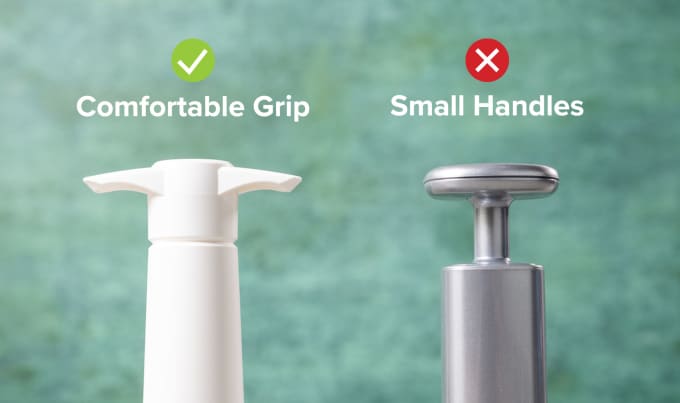
- Small Overall Footprint: We liked compact wine savers that could be stored away easily without taking up too much space. One model in our lineup had a bulky charging station that was almost the size of a small knife block.
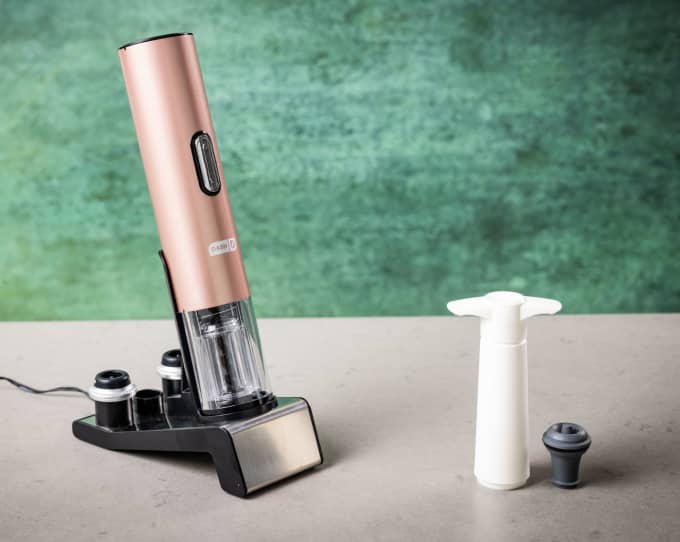
- Easy-to-Clean Stoppers: We liked models with stoppers that we could simply rinse off or throw into the dishwasher.
Nice to Have
- Additional Stoppers: Most models consisted of a handheld device and a set of stoppers. That meant that we could seal several bottles of wine at a time, which is useful if you often have both red and white wine available at a meal or host a dinner party with a wide variety of wines. Models that could be used only on one bottle at a time felt limiting.
What to Avoid
- Electric Wine Savers: Electric models promise an effortless way to remove air from wine bottles. However, both red and white wines preserved by electric savers consistently flunked our taste tests, with panelists from our staff and from the wine industry both noting pronounced “boozy” and “vinegar” notes. Our senior science research editor, Paul Adams, explained that the type of electric pumps we used couldn’t produce as much power as manual hand pumping, so they were less effective at removing air. As a result, the wine lost its aroma faster and turned acidic more quickly than wines saved by manual models.
- Loose Seals: One model deflated after one day of preserving a wine, which let air through. We also noticed that some other stoppers didn’t stay securely inside the bottle after a few hours and slid out a bit.
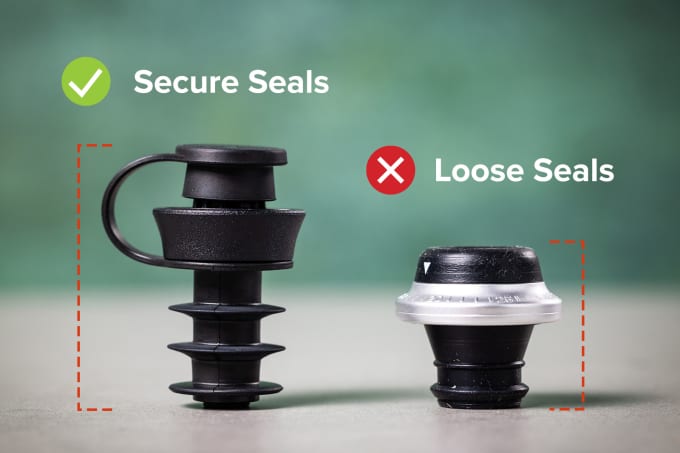
- Small Handles: For the pump-style savers, we disliked one model that had a tiny handle because it was harder to lift and pull.
- Hard-to-Clean Stoppers: We didn’t like models that had too many small pieces that were hard to clean. We also disliked models with too many nooks and crannies. Some models also stained easily.

- Poor Build Quality: One model used a balloon, and we were dismayed that it exploded inside a bottle as we were inflating it.
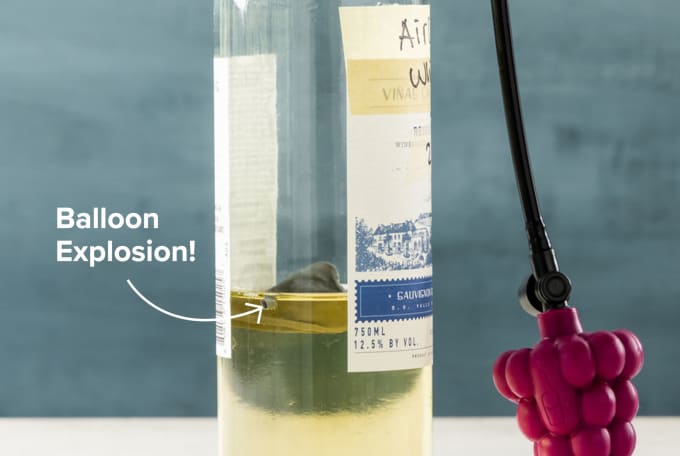
Other Considerations
- Cost: Some wine savers had an upfront cost and could then be reused indefinitely. Others utilized materials that were either single-use or had a limited lifespan. The stoppers with oxygen scavengers can each be used for only a single bottle of wine, for a cost of about $1.80 per bottle. The argon gas capsules used by the Coravin each last for four bottles, which comes to about $2.20 to save one bottle of wine.
The Tests
- Seal four half-empty bottles of red wine and then store at room temperature
- Seal four half-empty bottles of white wine and then store in the refrigerator
- Sample wines at 24 hours, 48 hours, and one week, comparing to freshly opened bottles
- With top performers only: Sample wines at two weeks, comparing to freshly opened bottles
- With Coravin: Sample wines at one month, comparing to freshly opened bottles
- Clean each stopper and/or whole model (if necessary) between tests
- Repeat sealing and unsealing dozens of bottles and evaluate each wine saver’s ease of use
How We Rated
- Performance: We considered whether the wine savers were able to keep wine fresh.
- Ease of Use: We evaluated how easy it was to use each wine saver. We also considered whether it came with multiple stoppers and whether those stoppers were reusable.
- Cleanup: We assessed how easy it was to clean and maintain each model.
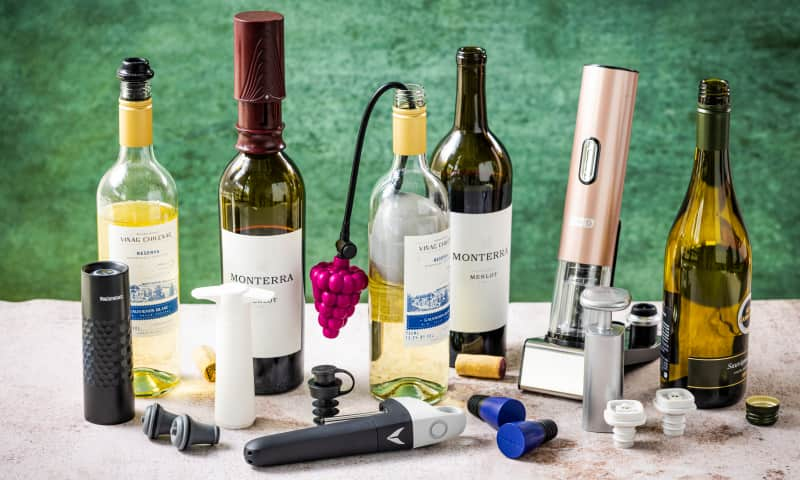

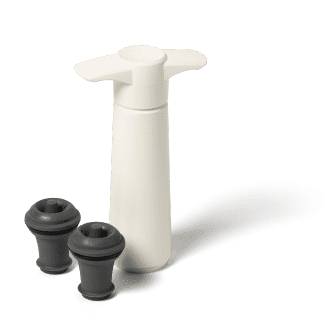
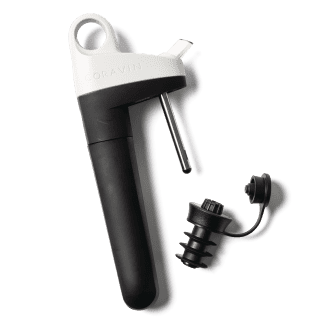
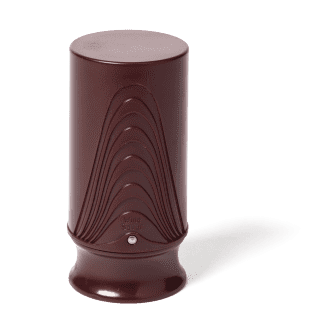
 Buy at WebstaurantStore
Buy at WebstaurantStore